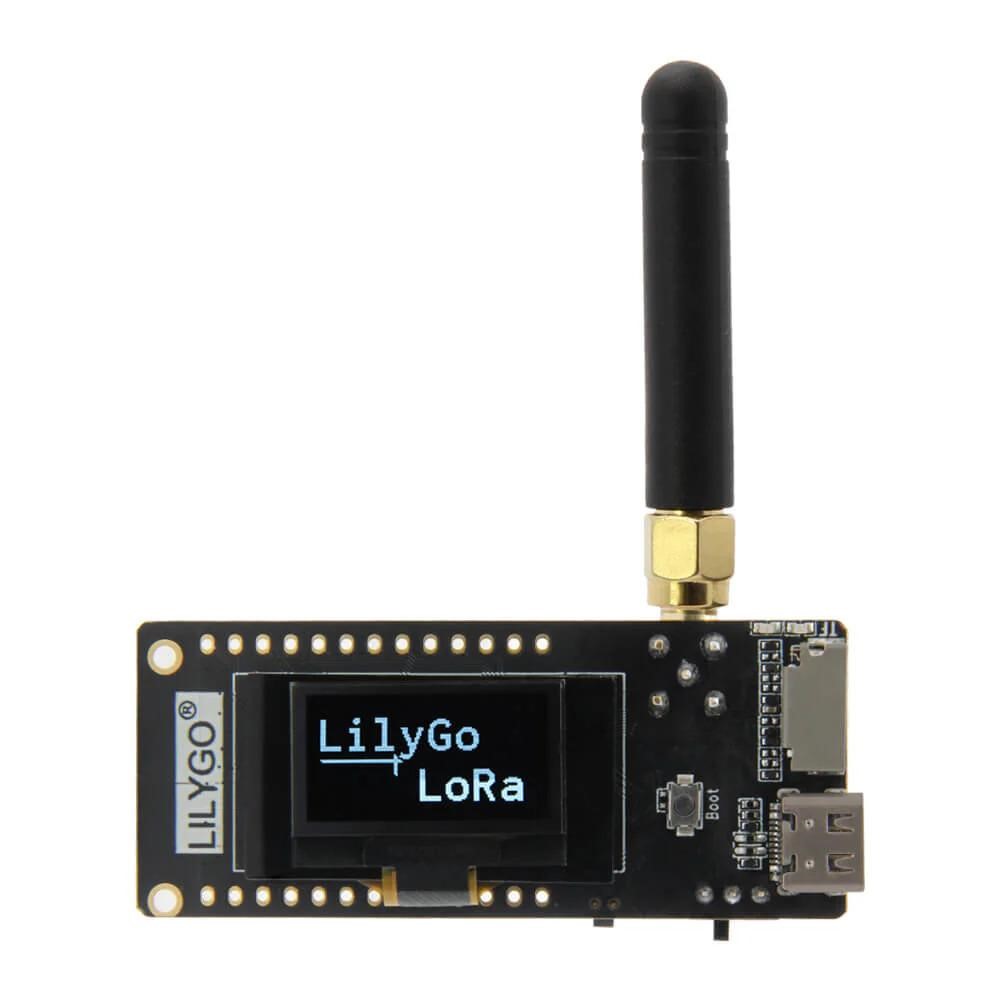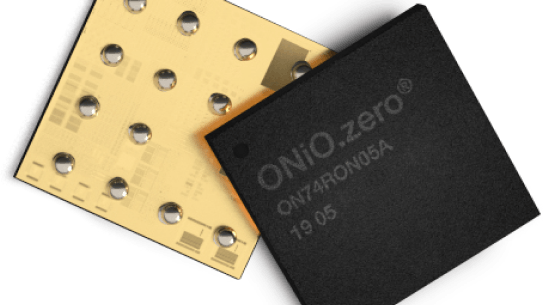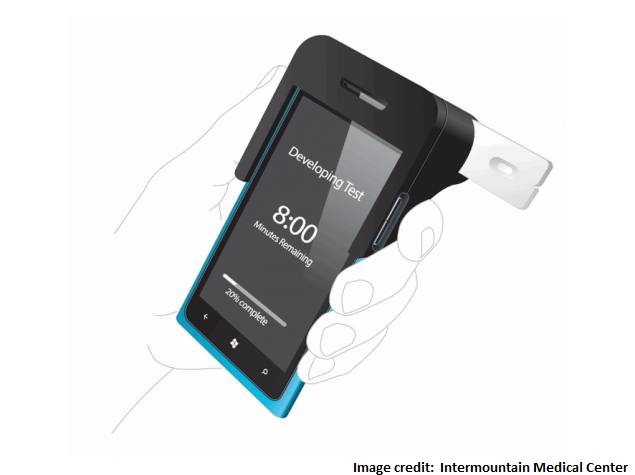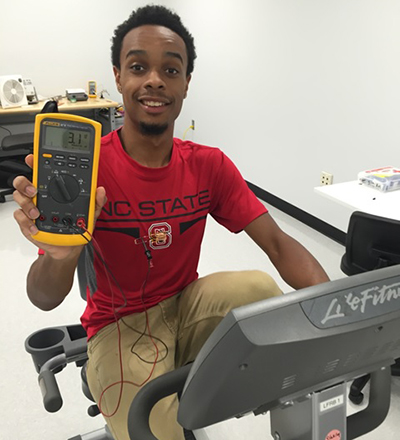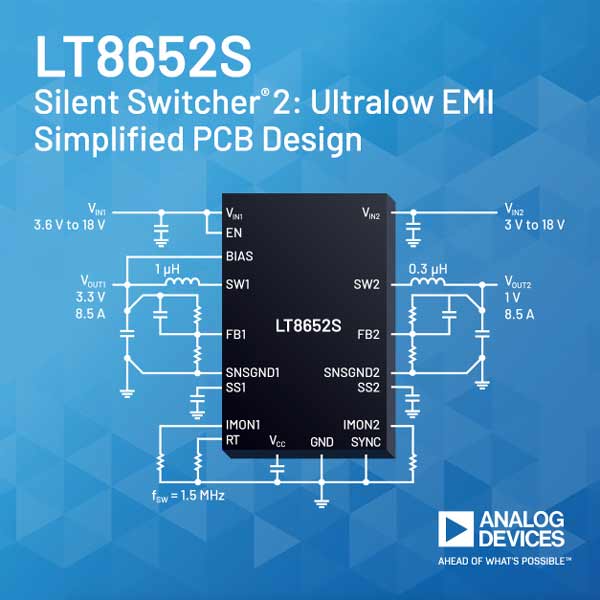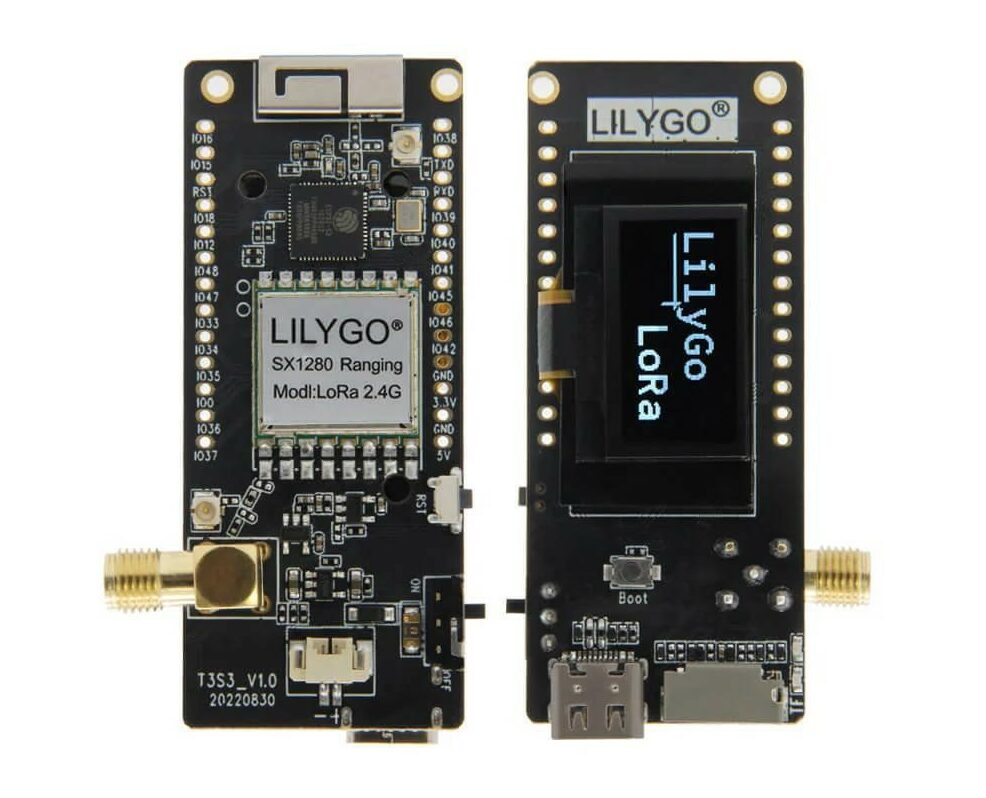
The IoT industry is constantly looking for improvements in boards that fixate on communication interfaces and low-power performance. We recently came across LILYGO’s T3-S3 ESP32-S3 board which can be lauded for its long-distance communication capabilities and energy efficiency.
Key Specifications and Features
The T3-S3 ESP32-S3 board uses the SX1280 LoRa Transceiver for communication which operates at 2.4 GHz frequency. Note that a power amplifier can be used with the SX1280. Here, a Power Amplifier is used for boosting the signal strength and increasing the signal quality which could be convenient with IoT networks spanning geographically. Additionally, with the PA, users have the liberty to either prioritize “maximizing range” or “optimizing power consumption” as needed. SX1280 also has a high-efficiency PA giving +12 dbm, and a low RX current of 9.9 mA. The recommended chip output is 2-5 dbm, ensuring the module output to 20 dbm. The optimal setting for damage prevention is 3 dbm, any setting higher than 5 dbm can damage the FEM resulting in weak or unclear signals.
SX1280 is one of the first transceiver ICs to have time-of-flight functionality. It can operate in “Mesh Network”, meaning if one of the devices in the mesh goes offline, data can travel through another path, or a device can act as a relay between two devices. These factors make T3-S3 useful for remote applications or for communication in places without cellular coverage. This makes the T3-S3 ESP32-S3 board more reliable.
The micro-controller unit of T3-S3 is ESP32S3FH4R2, having memory specifications as 4MB FLASH, and 2MB PSRAM with QSPI, this gives the board the ability to make external memory as fast as internal memory. The flash memory chip works at a maximum speed of 80MHz and does not support auto-suspend. Although a speed of 120MHz or auto-suspend functionality can be achieved, to do so please contact espressif.
Interfaces
Coming to interfaces, the T3-S3 ESP32-S3 board comes with SMA and two IPEX connectors. SMA connectors find themselves in RF applications. One of the IPEX connectors is near the SMA connector and the other is near the Wi-Fi antenna. As they are compact they are used in applications with limited space. Also, these connectors can be used for both RF and Wi-Fi communication giving users more options and versatility.
The T3-S3 ESP32-S3 board can be connected to external devices via various ports and pins such as,
- 21 multi-function GPIO pins.
- USB type-C connector.
- TF card slot.
- Wifi and Bluetooth 5.0
- The peripheral interfaces include SPI, I2C, and ADC.
- A Reset + Boot button.
Included Accessories with T3-S3 Board :
Some miscellaneous features included in the board:
- 1 LoRa antenna.
- The OLED display of 0.96 inches has a resolution of 128×64 with I2C driver.
- 1 JST 2.0mm 2P for connecting a battery.
- 2 2.54mm Male PIN (1*13P).
This board is compatible with Arduino IDE, Micropython, and ESP-IDF for programming. This allows users from all software backgrounds to easily work on this board.
LILYGO’s T3-S3 ESP32-S3 LoRa 0.96 inch Development Board fit for IoT applications is available on the Lilygo website. Meanwhile, the sample codes are available on their Github.






